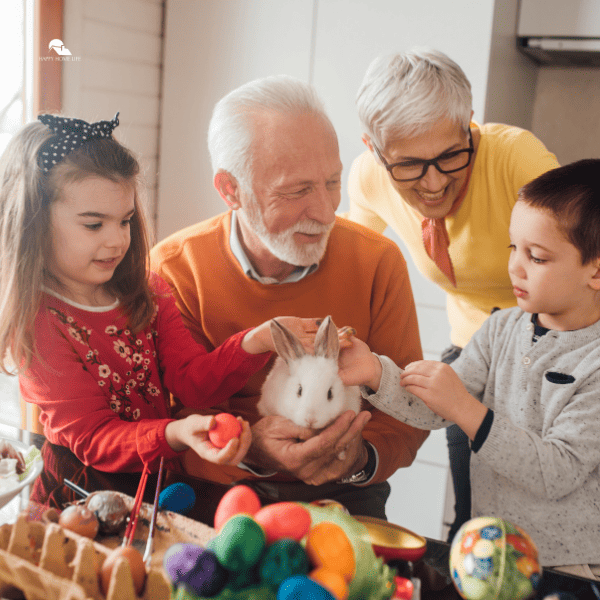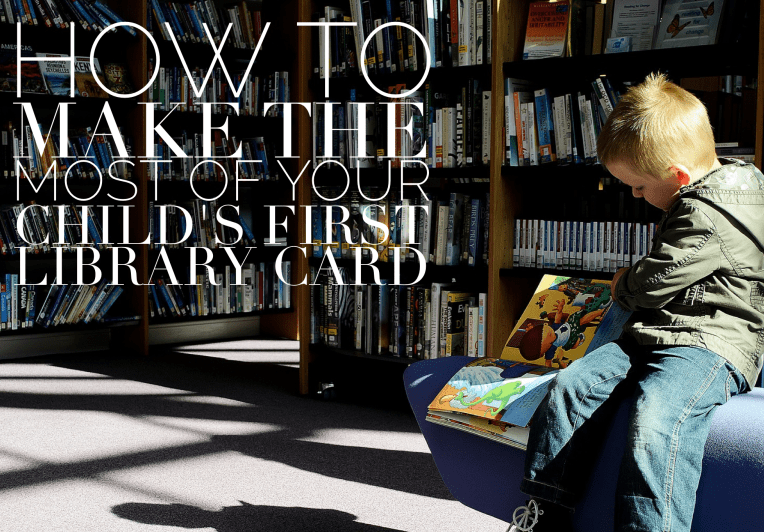Is your family ready for a pet? Let’s find out! Welcome back to my cozy corner. Today, we’re diving into a topic close to many hearts and homes: pets!
Having a pet is a joyful and enriching experience, but it’s not something to jump into without thought. Let’s closely examine what it takes to be ready for that adorable ball of fur, feathers, or scales.

Timing is Everything
Major Life Changes
Are you planning to move or travel extensively? It may be wise to wait until you’re settled. Some countries even require quarantine for pets, which can be stressful for the animal and expensive for you.
Understanding Allergies
Discovering allergies early can save heartbreak later. Take family members for allergy tests or spend time with the type of pet you’re considering to see if any reactions occur.
Routine and Stability
Routine and stability are essential for training and comfort. Dogs, in particular, need regular walks and feeding. If your family is always on the go, this might be problematic.
Teaching Kids Responsibility: It’s a Family Affair!
Create a Pet Care Chore Chart
Involve the kids in planning who will do what. Weekly charts can be fun to make and easy to follow.
Education
Books, videos, and vet visits can educate your children about the pet’s needs. Learning together can make it an enjoyable experience.
Age Matters
Toddlers and Younger Children
With small children, consider pets that need less interaction and can be safe behind a barrier like a cage or a tank.
Older Children and Teens
More mature children can handle responsibilities like walking a dog or grooming a cat, making them suitable for larger or more complex pets.
What Type of Pet: Fur, Feathers, or Scales?
Busy Family?
Cats or small pets that require less interaction might be best if your family has a hectic schedule.
Outdoor Enthusiasts?
Dogs love outdoor activities, but remember that different breeds have different exercise needs. You can read more on a trendy breed like the labrador retriever here: https://chocolatelabradorretriever.ca/, which can make a great addition to your adventurous family.
Space Constraints?
Are you living in a small apartment? Consider small, contained pets.
Adoption vs. Buying
When adopting, you often receive extensive shelter support, including initial vaccinations and neutering. Buying may offer different security and support.

Finances: Pets Aren’t Cheap!
Set a Budget
Consider everything from food and toys to vet visits. Research and prepare so you’re not caught off guard.
Consider Pet Insurance
Insurance can offer peace of mind if your pet becomes ill or injured. Compare policies and decide if they fit within your budget.
Considering the Pet’s Lifespan: A Long-Term Commitment
Small Pets vs. Large Pets
Different pets have various lifespans. While a hamster may live around 2-3 years, dogs and cats can live well into their teens. Be prepared for the emotional and financial commitment that comes with a pet that might be with your family for over a decade.
Growing with Your Family
As your children grow, the relationship with the pet will evolve. A pet perfect for young children may still be around when they head off to college. Consider how the pet will fit into your family’s life in the long run.
Pet Training: A Key to Happy Living
Professional vs. Home Training
Training a pet, especially a dog, can be a full-time job. Depending on the breed and temperament, you might want professional assistance. If you opt to train at home, invest in good training books and videos.
Positive Reinforcement
Consistency and positive reinforcement are crucial. Rewarding good behavior rather than punishing bad behavior can foster a positive relationship between your pet and family members.
The Right Environment: Creating a Pet-Friendly Home
Pet-Proofing
Just like baby-proofing, pets require a safe environment. Remove toxic plants, secure loose wires, and create spaces where the pet can feel safe and relaxed.
Outdoor Considerations
If you’re considering a pet that needs outdoor access, such as a dog, ensure your yard is secure. Think about the local climate as well and whether it’s suitable for the type of pet you’re considering.
Assessing Your Pet’s Medical Needs: A Healthy Pet is a Happy Pet
Finding a Vet
You’ll want to find a trusted veterinarian in your area. Look for online reviews, ask for recommendations, and consider making a preliminary visit to ensure you feel comfortable with their care and approach.
Understanding Vaccinations and Regular Care
Different pets require various vaccinations and ongoing medical care. Educate yourself on what your chosen pet will need and plan both time and budget accordingly.
Socialization: Helping Your Pet Play Well with Others
Introducing to Other Pets
If you already have pets, consider how they’ll get along with the new addition. Some animals can be territorial, so research and take advice on how to make introductions smooth and safe.
Socializing with Humans
Some pets, especially puppies and kittens, need to be socialized with people to ensure they grow up friendly and well-behaved. Consider taking your pet to a socialization class or regularly inviting friends to help them get used to new faces.

Traveling with Your Pet: Adventures Together
Traveling Requirements
Are you an avid traveler? Consider what traveling with your pet will entail. Some animals travel well, while others may become stressed. Look into airline regulations, pet-friendly hotels, and local vet services at your destination.
Day Trips and Outings
Even small outings, like a trip to the beach or a local park, require planning with a pet. Research pet-friendly areas, consider what you’ll need to bring along (such as food, water, and leashes), and always keep an eye on local regulations regarding pets.
Emergency Preparedness: Planning for the Unexpected
Emergency Medical Kit
Having a pet-specific emergency medical kit is vital. This should include essentials like bandages, tweezers, and a pet first-aid book. Regularly check the equipment to ensure everything is on date and replenish as needed.
Evacuation Plan
In the event of an environmental emergency, such as a flood or fire, having an evacuation plan that includes your pet is essential. Know where you can go to accommodate your pet, and have a packed emergency bag with supplies.
Diet and Nutrition: Feeding Your Pet Right
Choosing the Right Food
Every pet has specific dietary requirements. Consult your veterinarian or pet nutritionist to select the best food that matches your pet’s age, weight, activity level, and special needs.
Avoiding Human Food
Sharing your dinner with those pleading eyes can be tempting, but many human foods can be harmful to pets, although some like brown rice (https://www.nextritionpet.com/blogs/nutrition/can-dogs-eat-brown-rice) are fine. Educate the family on what’s off-limits and provide pet-safe treats instead.
Mental Stimulation: Keeping Your Pet Engaged
Selecting Appropriate Toys
Toys are not just for fun; they’re also essential for mental stimulation. The suitable toys will engage your pet’s mind, reducing boredom and undesirable behaviors.
Creating Enriching Environments
Different pets need various forms of mental engagement. A cat might benefit from climbing structures, while a dog might enjoy puzzle toys. Fish even enjoy having their tank decorations changed occasionally. Tailor the environment to your pet’s needs.
Grooming: More Than Looks
Finding the Right Groomer or DIY
Grooming is not only about appearance; it’s about health. Regular grooming helps to detect skin problems, parasites, and other potential health issues early. Decide whether you’ll groom your pet at home or find a professional groomer. If you choose to groom at home, invest in the proper tools and educate yourself on your pet’s specific needs.
Environmental Impact: Being a Responsible Pet Owner
Eco-Friendly Products and Practices
As a pet owner, you can make choices that benefit your pet and the environment. Look for toys made from recycled or sustainable materials, choose biodegradable litter, and consider eco-friendly grooming products. Even small changes like using a reusable water bowl instead of disposable ones for outings can make a difference. These thoughtful choices underscore the love and care for your pet while extending kindness to their world.
Cultural Considerations
Understanding Cultural Norms and Practices
Pet ownership might mean different things in different cultures. Understanding how owning a pet fits within your cultural community and family traditions is crucial. Some cultures have specific beliefs and practices about certain animals, while others may have unique ways of integrating pets into family life. Engaging with these norms respectfully can enrich the experience for everyone involved and foster a harmonious relationship between your pet, family, and community.

The Big Picture: Are We Ready?
Family Meetings
Open discussion can ensure everyone understands the responsibilities and is excited about the new addition.
Try Before You Buy
Fostering provides a temporary home for a needy pet and lets you see if you’re ready for a permanent commitment.
Owning a pet is a joyful and enriching experience that brings love, laughter, and companionship into a home. From the initial decision-making process to daily care and beyond, responsible pet ownership demands thoughtful consideration and ongoing commitment. With careful planning and a willingness to adapt to your new family member’s unique needs and personality, you can foster a relationship that thrives for years.






